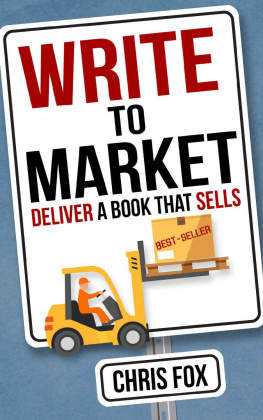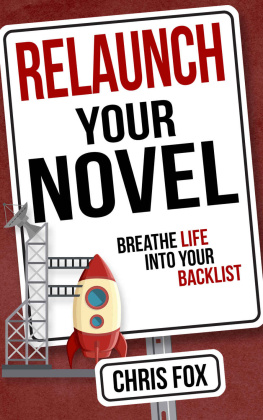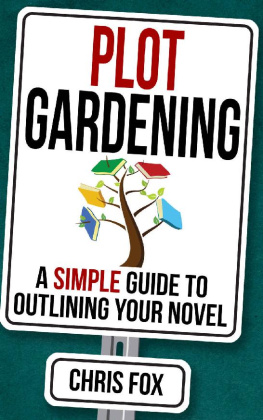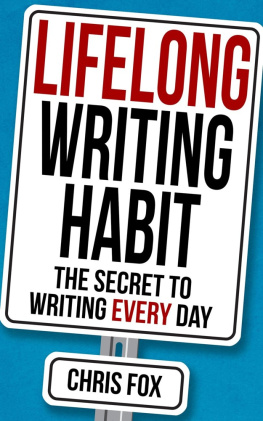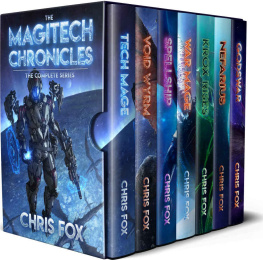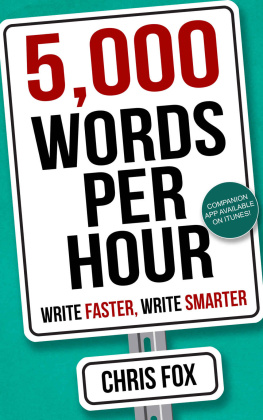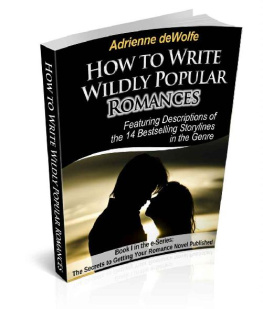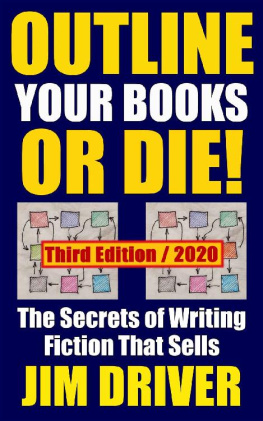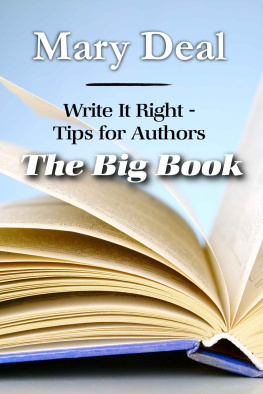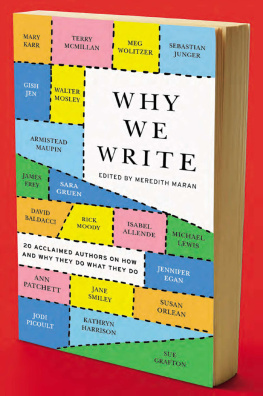Contents
To Mr. Market, for teaching so many of us to make a living at this
Write Faster, Write Smarter Series
5,000 Words Per Hour
Lifelong Writing Habit
Write to Market
Launch to Market
Reader Psychology
Introduction
If you've read 5,000 Words Per Hour or Lifelong Writing Habit you already know what to expect in this intro. I'm not going to spend fifty pages telling you all the things this book will do for you. I'm going to do it in one sentence. This book will teach you how to analyze the market, and to use that information to write a book that readers want.
Some of you are immediately skeptical. Others are grabbing pitchforks and torches. Writing to market has some nasty connotations, and we've all been taught that what it really means is that you're selling out. I'm here to tell you that absolutely is not the case. If you want to be a successful author, then you need to master your craft. You need to tell amazing stories. But the kind of story you choose to tell can dramatically affect your career as an author.
There are two methods of writing a book. You can write, then market. Or you can write to market. One has a much, much, higher chance of success than the other. The first method is writing whatever story pops into your head. This might result in you writing something new and unique, something that takes off like Harry Potter. Most likely it will result in you writing a book that almost no one reads. Harsh, but accurate.
The other method is contentious in the writing world. Many authors demonize writing to market, though I suspect very few really understand how or why it works. Writing to market is not copying Hunger Games and changing a few names and places. Hundreds of authors attempted to do exactly that, and the vast majority of their books failed.
So what is it?
Writing to market is picking an underserved genre that you know has a voracious appetite, and then giving that market exactly what it wants. It means that before you write word one of your novel you already know you're going to have fans waiting to buy it. That may seem impossible, but trust me when I say it is absolutely achievable.
How do I know? Because I've utilized both methods. The first method served me fairly well, initially. My first novel was called No Such Thing As Werewolves. It turned several genres on their heads, and was quite unique. Readers responded favorably, and the series continues to be my top seller.
So if the method was working, then why change it? Why start writing to market? Because I later realized that I'd accidentally written NSTAW to market. That wasn't clear until I attempted my first spin off.
I launched a second series called Hero Born that I touted as X-Files meets Heroes. I was immensely proud of it. It was unique and fun, and I assumed readers would love it. I had a large mailing list, an understanding of marketing and advertising, and a broad platform I used to launch the book.
The series sank like a rock, and the only people who bought it were loyal readers who loved my Deathless books. Everyone else ignored it, and three months later it still hasn't earned back what it cost to produce. If I followed the conventional wisdom offered in writing forums like Kboards I'd try to advertise the book. I'd try price pulsing. I'd mess with key words. Maybe I'd change the cover. I'd monkey with the blurb. You know what? I didn't do any of those things, because I understood immediately why the book failed.
I didn't write it to market. I wrote it, then tried to market it.
At the same time I launched Hero Born my friend Domino Finn launched a book called Dead Man. Dead Man was an urban fantasy written to market. It followed all the genre tropes, and is a slightly darker version of the Dresden Files. Fans loved it, and while my book sank, Dead Man took off. Nor was it the only book I saw do that.
Dawn McKenna published a wonderful literary novel called See You. If you want a good cry, read the book. It's amazing. Very few people bought See You, and Dawn was in a rough financial spot. She decided to try something else. Dawn worked with powerhouse Wayne Stinnett, who all but owns the Sea Adventure genre. Dawn wrote a series to market, and went from two figures a month to hitting five figures a month.
R.M. Webb did the same thing. So did Cady Vance. The list of authors who transitioned into the writing to market model is long, and you'll hear more about them through the course of this book.
So I decided to do it too. My first attempt was a book many of you have read. 5,000 Words Per Hour was written to market. I looked around at the non-fiction space, and realized there was room for another book on writing faster.
But this is the real rub, the thing many people get wrong. You can't just rehash a successful book. That way lies disaster. I didn't copy Rachel Aaron's 2k to 10k. Instead, I figured out what problem she was solving, and solved the same problem in my own way. My book reads differently than others like it. It's shorter, more concise, and offers exercises at the end of every chapter. None of the others did that.
I hit the same tropes other successful books have hit, but I made sure to do it in my voice, and in my own way. If the idea of tropes is new, don't worry. I'll explain what they are, and how to analyze them for your genre. All you need to know right now is that before you start writing your next novel you need to understand the market you plan to aim it at.
So how about it? Have I piqued your interest? If so open up the book, and let's get cracking!
Chapter 1- Picking Your Market
Almost every time I hear the phrase write to market it's immediately followed by the words romance or erotica. That's hardly surprising, because those are by far the most widely read genres. A quick glance at the Amazon top 100 shows that a staggering 60 of the top books are in various romance subcategories. Even genres that have nothing to do with romance are littered with romance books.
Rest easy, though. I'm not here to tell you to write romance, unless you really enjoy writing romance. In fact, I don't use romance for my examples. There are many other genres you can make a killing in, and odds are good at least one of them is an area you'd enjoy writing.
Writing to Market is Not Selling Out
Before we go any further I want to dispel one of the most damaging myths in our industry, the idea that writing to market is selling out. Quite frankly, that's B.S. If you write whatever you want to write and nothing else, then get ready to keep your day job forever.
If, on the other hand, you want to entertain legions of readers with fun books you enjoy writing, then writing to market is the way to go. I have many, many friends who've followed this model. They're still writing things they enjoy, but those things are also popular enough that they can earn a living. Below I'll present you with two examples of people who've adopted this model.
Cady Vance
I met Cady on the Writer's Cafe over at Kboards roughly a month after I started self-publishing. She's a Tennessee native transplanted to the U.K. where she just earned her doctorate in Creative Writing.
When Cady first self-published she was writing young adult novels. They were clever, fun, and incredibly well written. There was only one problem. No one was buying them. Cady was a great writer, but she was frustrated, with no idea how to proceed.
Fortunately, Cady and I met a group of writers who showed us the secrets revealed in this book. They convinced Cady to try writing something else. Cady had always wanted to try writing romance, so she studied her market and put out her first series. Within thirty days she'd made more money than she had the

